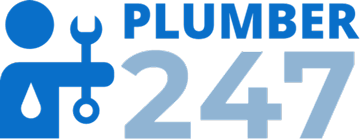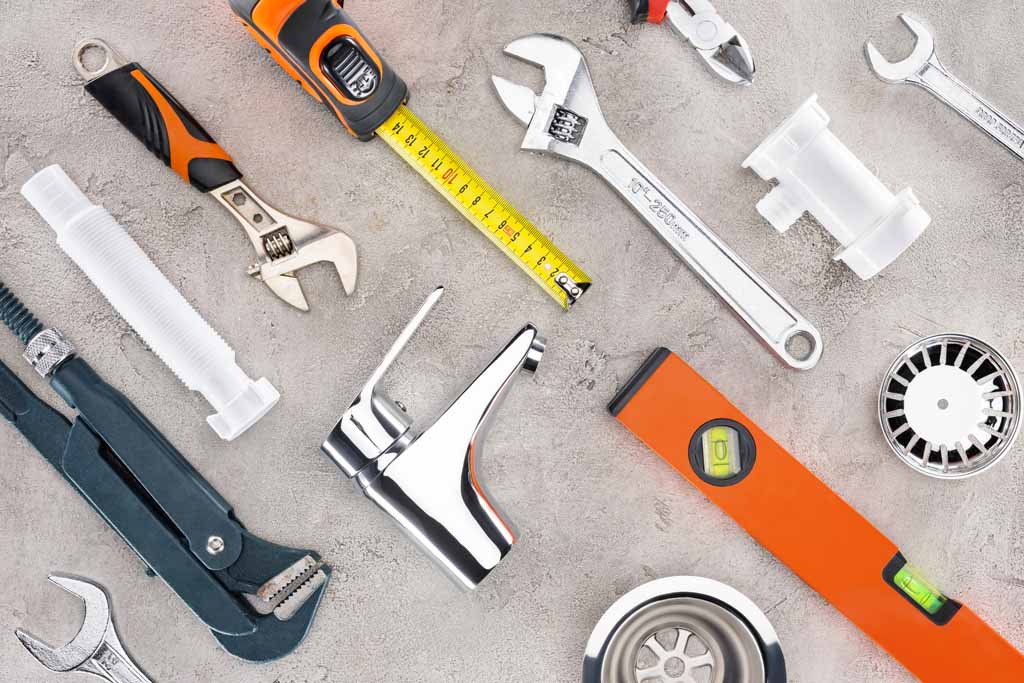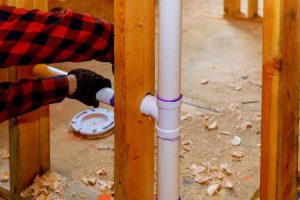Plumbing tools are essential for any professional plumbing tools. These tools can make the job of plumbing faster and more efficient, allowing you to complete your work with less time and effort.
The best part about investing in a good set is that they will last you for years to come, allowing you to use them on multiple projects without needing to replace them because they are worn out or outdated.
What Is Professional Plumbing Tools
If you are a professional plumber, or even if you are a DIY enthusiast who likes to tackle home improvement projects, you need to have the right tools for the job. Professional plumbing tools are designed to make your life easier and help you get the job done right.
If you plan on taking on any plumbing projects in your home, it’s essential to have the right tools for the job. Professional plumbing tools have a wide variety of tools at their disposal, but a few are necessary for every job.
A good quality pipe wrench is one of the essential tools for any plumbing job. This tool is used to loosen or tighten pipes and fittings and can be adjusted to fit various sizes.
Another essential tool is a plunger. This is used to clear blockages in drains and toilets and can be a lifesaver when dealing with a clogged sink or toilet.
Every plumber needs a good set of channel locks. These pliers are used for gripping and turning pipes and can be very helpful when dealing with tight spaces. One of the most critical professional plumbing tools is a pipe wrench.
A pipe wrench is used to grip and turn pipes and fittings so you can loosen or tighten them. It is an essential tool for anyone who works with lines regularly. Another crucial professional plumbing tool is a plunger. A plunger is used to unclog drains by creating suction.
1. Hole Saw
If you’re a plumber, you will need to cut holes in pipes. This is done using a spot saw. A hole saw is a tool with a blade that spins through pipe material. The edge can be used with one or two hands, depending on the type of hole saw you are using.
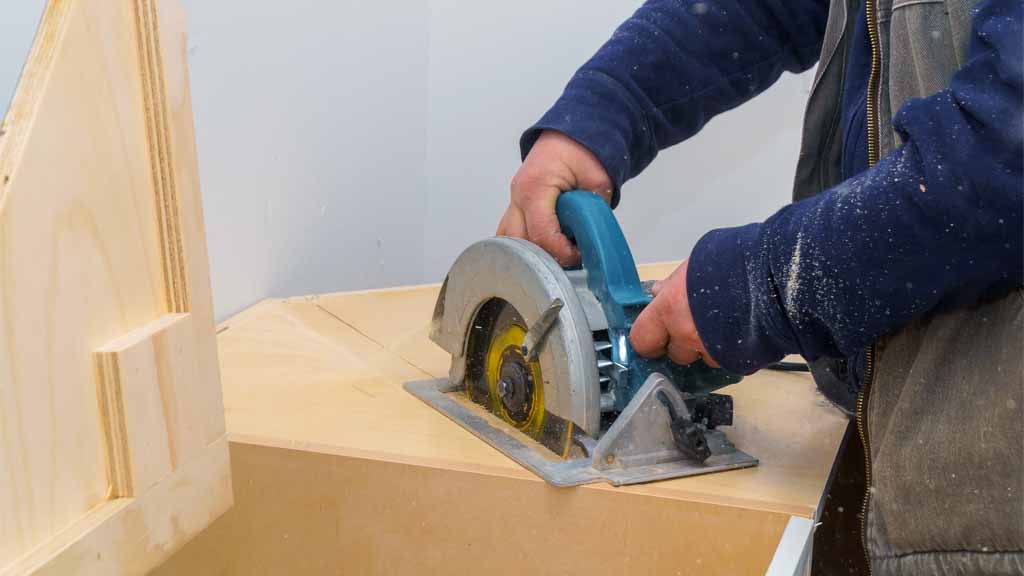
- Hole saws are also used for other types of work, such as cutting through metal and plastic pipes.
- They are handy tools for any professional plumber because they allow them to make accurate cuts that may be difficult or impossible with other devices such as drills and grinders.
- The wheel is designed to not cut through the pipe itself.
- Iit cuts around the circumference of the copper tubing and creates a semicircular groove that allows you to bend or shape it after cutting the hole saw, a tool with a circular blade with teeth on its periphery.
- The blade can be made from metal or plastic and spins to cut through wood, metal, or plastic pipes. Hole saws are used by professionals in many different fields, including plumbing, carpentry, construction, and more.
The hole saw is a tool with a circular blade and teeth on its periphery. The blade can be made from metal or plastic, spins to cut through wood, metal, or plastic pipes. Hole saws are used by professionals in many different fields, including plumbing, carpentry, construction, and more.

Are Your Drains Slow or Clogged?
Get a Drain Cleaning Today and Say Goodbye to Your Plumbing Woes! Get In Touch With Us And Experience Quality Service At Its Best!
2. Faucet Seat Wrench
A faucet seat wrench removes the old seat from a faucet. The tool twists the handle until it loosens the senior center and allows you to pull it out. To use a wrench, place your hand in the ring and turn counterclockwise to loosen.
Once you’ve removed the old seat, insert your new one into place before tightening it with another wrench—or if you’re feeling particularly confident in your skills (and have strong wrists), try using just your hands.
The benefits of using this type of tool are apparent: It saves time and effort compared with alternatives like forceps or pliers, which tend to take more time and risk damaging surfaces since they require so much pressure on small parts such as those found within plumbing systems.
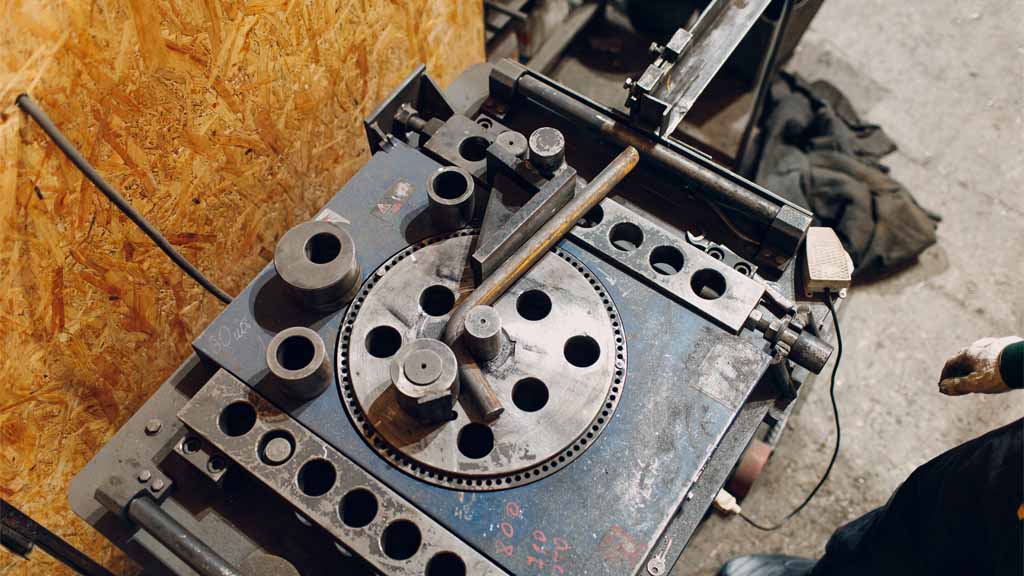
3. Pipe Benders
Pipe benders, also known as bends or reducers, make tight curves in pipes that would otherwise be too sharp. They can be used on copper, steel, and plastic pipes. They can also be used with various fittings, including elbows, tees, and valves. Pipe benders allow you to create small bends in the tube so that they can fit into any desired space.
It would be best if you always used a pipe bender when trying to cut pieces out of a long piece of pipe because it will ensure that your cuts are straight and even every time.
This tool is handy for professional plumbing tools because it allows them access to tight spaces that similar devices. Such as hacksaws cannot reach easily without damaging surrounding structures and getting them closer than ever before without having to spend hours crawling through air ducts or under sinks.
A hole saw is used for cutting through pipes. It is a circular saw with an arbor and a blade that spins at high speeds. The pavilion is attached to the drill so that the hole saw will rotate when you turn the training on.
This allows you to pipe any type of pipe for plumbing cut through metal or plastic pipes with ease. The most significant benefit of using a wrench is that it will enable you to get the job done quickly and easily. It’s also safer than pliers or forceps since there’s no risk of damaging your fixtures by exerting too much pressure on them.

Are Your Drains Slow or Clogged?
Get a Drain Cleaning Today and Say Goodbye to Your Plumbing Woes! Get In Touch With Us And Experience Quality Service At Its Best!
4. Copper Tube Cutter
A copper tube cutter is a tool used to cut copper tubing. It has a cutting wheel that rotates around the pipe and cuts it so you can use it again. Copper tubing is used to transport water, so if there are any leaks or cracks in your plumbing system, it’s essential for you to know how to fix them yourself instead of calling an expensive plumber every time there’s something wrong with your pipes.
If you’re a professional plumber, then you know that having the right professional plumbing tools is essential to your success. One of the most important tools in your arsenal is a good quality copper tube cutter.
There are a few things to look for when choosing a copper tube cutter. Make sure that the tool is made from high-quality materials. This will ensure that it lasts for years and can stand up to repeated use.
Choose a cutter that is comfortable to use. You’ll be using it often, so make sure it’s easy on your hands. Third, pick a cutter with blades that are sharp and durable. You don’t want them to dull quickly or break after just a few uses. With these factors in mind, we’ve put together a list of the best copper tube cutters on the market.
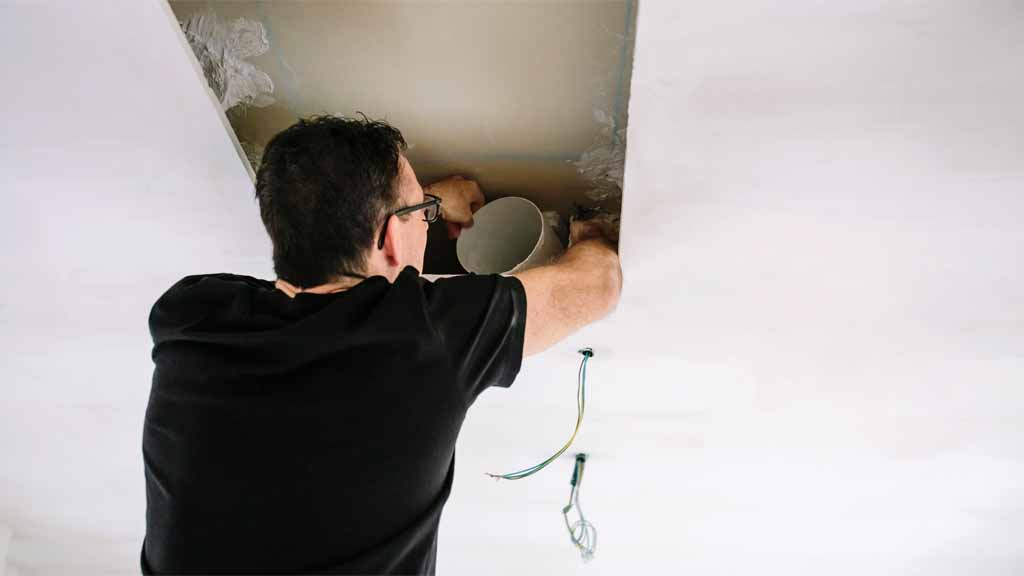
5. Pipe Extractors
The first step in using a pipe extractor is measuring the exact length of your broken, damaged, or installed pipe. Once you have done this and determined which size extractor will work best for your situation, you should use a suitable wrench to tighten your tool’s jaws around the pipe.
Make sure it fits snugly over all sides of whatever section must be removed. Then slowly spin it counterclockwise until it comes free from where it was installed .A pipe bender is an essential tool for any plumber or DIYer because it makes it easier to create tight turns in pipes that would otherwise be too sharp.
This tool can also be used on copper, steel, and plastic pipes and with various fittings such as elbows; there are a few different types of copper pipe cutters available to choose from. Most copper tube cutters are either manual or powered.
Manual knives are less expensive, but they require more effort to use than their electric counterparts. Powered pipe cutters are more expensive, but they make it easier and more efficient if you are trying to remove a section of pipe that has been installed correctly.
The best way to do this is by using a pipe wrench. You will have to measure the length of the line and determine whether or not it needs to be cut off before using any tools.Place the tube in the jaws of the crimping tool. Press down firmly until it’s secure.
Finding a copper tube cutter in your local hardware store is possible, but it will probably cost more than buying one online. It might be worth buying a cheaper one if you’re not sure how often you’ll use this tool and don’t want to spend too much on it. Initially, the agency should leave a slight indentation on the tube.

Are Your Drains Slow or Clogged?
Get a Drain Cleaning Today and Say Goodbye to Your Plumbing Woes! Get In Touch With Us And Experience Quality Service At Its Best!
6. PEX Tubing Crimping Tool
Using this professional plumbing tools, you can cut, crimp, and trim PEX tubing. It comes with various attachments that allow you to work with multiple sizes of PEX pipe and fittings. To use a PEX tubing crimping tool:
- Cut the tubing at the desired length with a utility knife or hacksaw.
- Slide on one end of the fitting onto either side of the cut tube, depending on which type you’re using (straight or angle).
- Put on any additional fittings if necessary. For example, suppose you’re installing more than one sink in your bathroom remodel project. In that case, each drain will need its trap assembly with an elbow fitting attached near both ends, so water doesn’t back up into other drains when someone flushes a toilet while another person showers upstairs.
It’s also easy to install and remove once correctly installed. It means you can quickly repair a leak or replace an old pipe with a new one if there’s a problem.
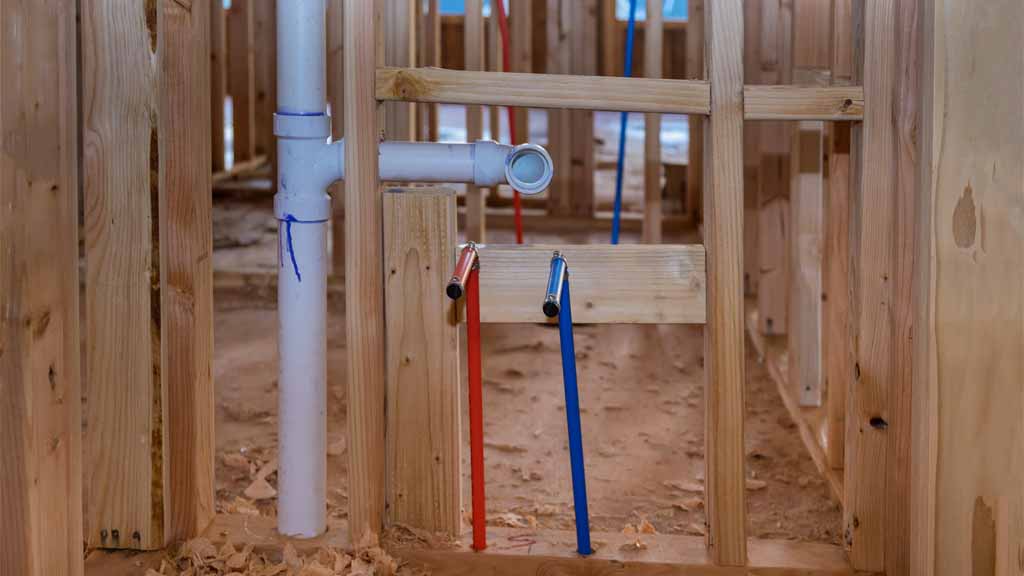
7. PEX Tubing Expander Tool
This tool allows you to expand PEX tubing. This tool is suitable for use with a hammer, mallet, or rubber mallet. It raises the diameter of the pipe so that the tube fits into fittings and joints.
- The tool works by placing it over the end of the line and striking it with a hammer or other heavy object until it’s expanded enough to fit correctly into its corresponding fitting.
- PEX tubing is used in water supply systems because it’s flexible enough to bend into almost any shape or design while providing reliable service.
- This tool expands the diameter of the pipe to allow it to fit into fittings and joints.
- The material is flexible enough to bend into any shape or design while providing reliable service.
8. Pipe Wrench
Using the pipe wrench, you can tighten nuts on pipes. It has a wide jaw that prevents it from slipping and a ratchet mechanism for pulling the tube. The tool can cater to large lines as well as small ones.
You can use different sizes of this tool depending on your job. The most common length is 12 inches, but there are 10-inch versions available as well. You will often use it as a plumber because it has enough leverage to get through tight spaces and make your work easier! You can buy it at any home improvement store or online.
Insert the tubing into the fitting and use a tubing cutter to flush it with the end. Attach one end of your PEX tubing crimping tool onto each side of the fitting, then squeeze until you hear a click or feel resistance.
Release pressure on both sides and remove any extra PEX that can be pushed through with a screwdriver or other object if needed.
Step drill bits bore holes in materials like wood or plastic. They have a stepped profile that creates a series of separate cutting edges as the bit turns. This method ensures that cutting edges can be used until they become dull and discarded, leaving only one sharpened edge at any given time.
The number of steps on a bit determines how many cutting edges there will be; for example, a three-step bit will have three cutting edges while a four-step bit has four.
If you are using compression fittings, then you will use a compression tool to attach them. It is essential to ensure the fitting is aligned correctly before squeezing it in place.
It comes in flexible and rigid forms and can be used for hot or cold water lines. PEX tubing is available in several diameters, from 3/8 to 1 inch. Unlike copper piping, which must be soldered together using special equipment and materials, PEX tubing requires only a crimping tool to join pipe sections.

9. Plumbing Test Gauges And Pressure Gauges
Plumbing test gauges and pressure gauges verify that pipes, vents, and appliances are functioning correctly. Test gauges measure water pressure inside a tube. Pressure gauges measure the pressure of liquids like water or oil in a closed container.
Pressure gauges are essential tools for plumbing professionals because they can help detect problems before they become serious. Here’s how to use them:
- Use a gauge with an adjustable needle valve to easily set it up for different jobs around your house. For example, it doesn’t need to be as precise as a washing machine since the appliance does not move much when running.
- On the other hand, if you’re using it with an air compressor, where vibrations are more common, finer control is essential so that you don’t overshoot by too much when trying to increase the output pressure.
- It will save time by not waiting until everything has settled before adjusting levels later during the operation. Which may take longer than necessary depending on the exact circumstances involved here between user experience levels versus actual technical skill sets present within team members working together towards resolving problems.
- Arising among themselves during such instances while trying their best to solve issues encountered while working together toward resolving the problem(s) faced by everyone involved.
It’s also resistant to corrosion and other chemical attacks, making it a good choice for plumbing systems in humid environments. There are several diameters of PEX tubing, from 3/8 to 1 inch.
If there is any damage or wear and tear on the tools, then you should inform your landlord immediately so they can fix them. It will help ensure no problems with them later on down the line.

Are Your Drains Slow or Clogged?
Get a Drain Cleaning Today and Say Goodbye to Your Plumbing Woes! Get In Touch With Us And Experience Quality Service At Its Best!
10. Step Drill Bit Set
With a step drill bit set, you can drill holes in tile, glass, and other hard materials. Additionally, it is suitable for drilling holes in Concrete.
Step drill bits come in different sizes and with varying patterns of steps. You may find that each type has its advantages: a straight-flute bit works better on rough surfaces; a spiral flute bit is more effective for soft materials like wood or plastic; the round flute bits have less friction on the shaft when turning them at high speeds.
The choice of your specific model depends on where it uses and what kind of professional plumbing tools will be drilled through.. It will be beneficial in your toolbox, so keep one on hand.
The most important thing to remember when using step drill bits is to keep them clean. Any dirt or debris in the hole will chip away at the material being drilled through and make it harder for you to finish your project.

Plumbers Need The Proper Tools To Do A Good job.
Plumbers need professional plumbing tools to do a good job. While plumbers can use any device, they must have the right ones for each job.
Plumbing tools are used to remove old pipes and install new ones. Some of these tools include wrenches, hoses, and pipe cutters. Some of these tools may be expensive, but they are worth it because they will last you longer than other types of plumbing tools. If you don’t want to purchase all your plumbing tools, renting them may be an option.
Step drill bits allow you to create a series of holes at regular intervals in a single operation. They have a central shaft and many flutes that help guide the bit. As it turns out, you’re not familiar with the term “digital signal processing,” it’s a technology used in many different areas today by people worldwide.
It helps computers and other devices process information faster than they would typically be able to without it. It is because it allows them to filter out unwanted signals so that only relevant ones remain, which can then be used for whatever purpose they want.
When renting professional plumbing tools, it is essential to ensure that the devices are in good condition before you use them. It will help prevent any injuries from occurring while working on your pipes.
Conclusion
If you think about it, there are many different types of professional plumbing tools that a plumber needs when working on your pipes. The best part is that all these tools are inexpensive, so there’s no reason not to invest in some if you don’t already have them.
